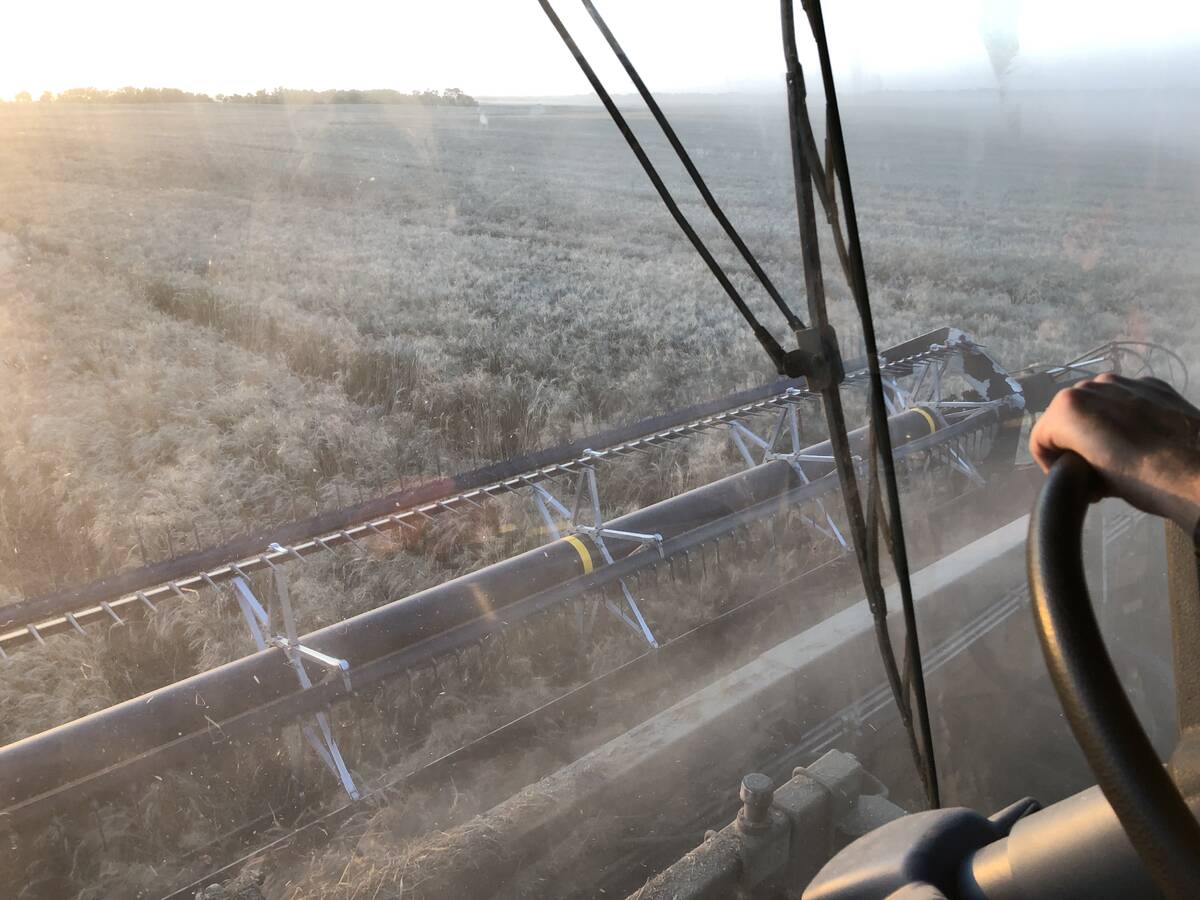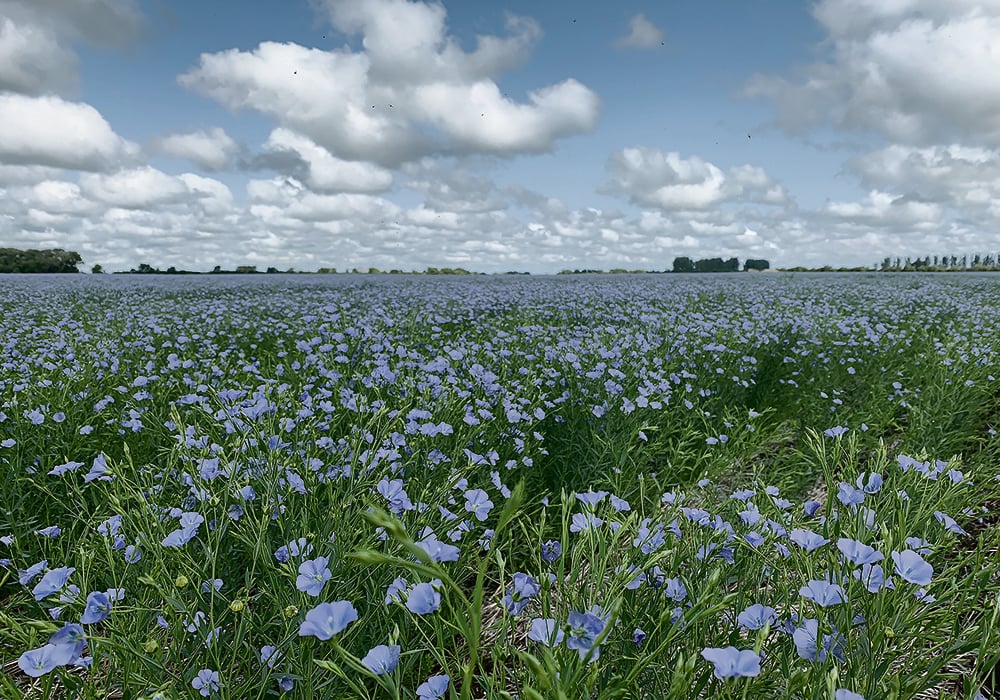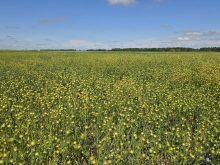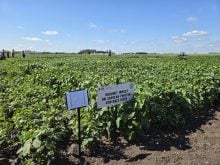SASKATOON — Canadian flax growers could regain some of the market share they have lost in the European Union in 2024-25, says a commodity broker.
The European Commission has proposed higher tariffs on imports of cereals and oilseeds from Russia and Belarus. In nearly all cases, duties would rise to either $139 per tonne or to an ad valorem (proportionate to estimated value) duty of 50 percent, depending on the product.
Related stories:
- Flax price stable as production woes continue
- Less North American flax acres, higher prices in Western Canada
“If Russia gets blocked from that market in a little bit, then yeah, it’s obviously going to be an opportunity for our flax,” said Kent Anholt, operations manager with Rayglen Commodities Inc.
Read Also

Mail strike disrupts grain sample delivery
The Canadian Grain Commission has asked farmers to consider delivering harvest samples directly to CGC offices, services centres or approved drop offs as Canada Post strike delays mail.
It would shift the EU’s attention from Black Sea flax back to Canadian supplies. That has potential to boost both old and new crop prices, depending on when the proposed regulation is implemented.
However, flax acres this year are expected to be significantly down in North America. Canadian growers told Statistics Canada they intend to plant 510,000 acres of the oilseed, a 16 percent drop from last year and the smallest crop since 1949.
Anholt believes it could end up below 500,000 acres, despite the recent rally in flax prices to $16 per bushel picked up on the farm.
“When canola is flirting with $15 again, flax at $16 isn’t all that pretty,” he said. “It has got to carry a good premium to canola, otherwise guys aren’t going to bother with it.”
Farmers in the U.S. are also disenchanted with the crop. They plan to seed 105,000 acres, a 41 percent decline from last year.
Anholt thinks some Canadian farmers with old crop flax may take advantage of the recent price appreciation. Flax stores well, but it can have heating issues and farmers may want to clear up bin space at today’s values.
But he is “cautiously optimistic” about where new crop values are heading, so patience might be a virtue on that front.
“Guys aren’t clamoring to lock in these (new crop) values for next year and that makes sense to us,” he said.
Global flax markets could be tight on supplies this year. China used to be well stocked, but its supplies may be dwindling or there could be quality issues with what remains.
“We’re hearing some indications that Chinese markets are looking back our way again,” said Anholt. “It must mean there’s a little bit less supply coming from Russia.”
There is little news about Russia’s supplies but there are reports that Kazakhstan had a terrible crop last year.
Growers in that country harvested 361,700 tonnes, down from 845,600 tonnes the previous year, according to APK-Inform.
Anholt has heard there are also quality concerns. Flax stocks in Kazakhstan were estimated to be 472,000 tonnes as of Jan. 1, down from 786,000 tonnes at the same time last year, according to APK-Inform.
The country is a big player in the flax market, accounting for 28 percent of global exports in 2022.
“This season a unique situation has developed on the global market of flaxseed — the demand for raw materials for processing far exceeds the level of supply,” said APK-Inform.
Contact sean.pratt@producer.com


















